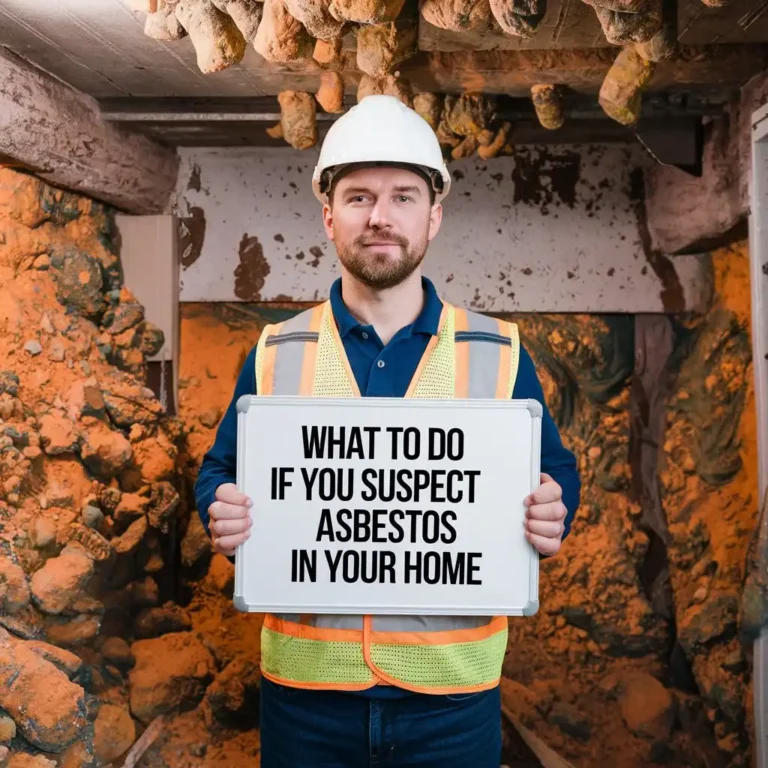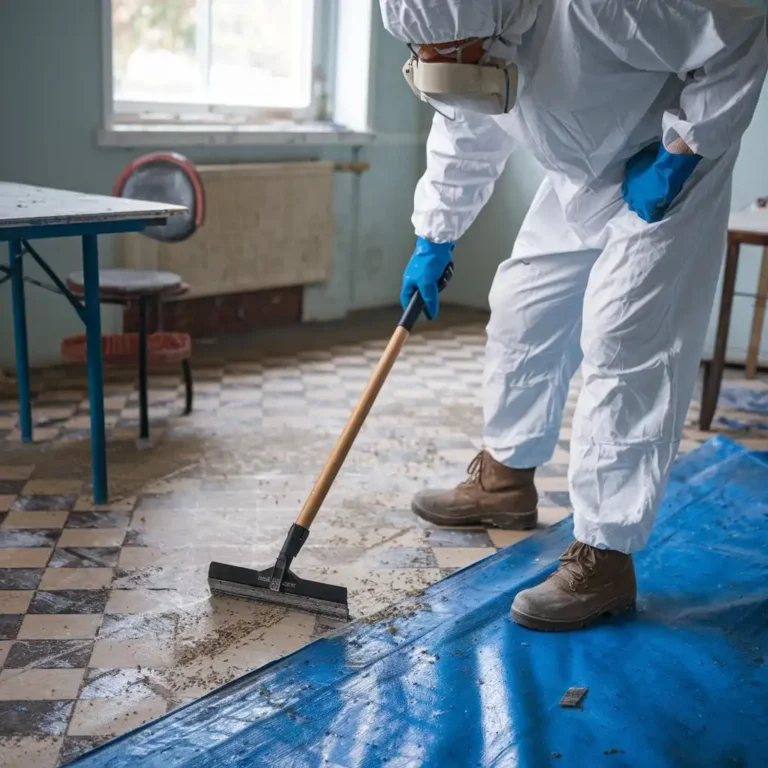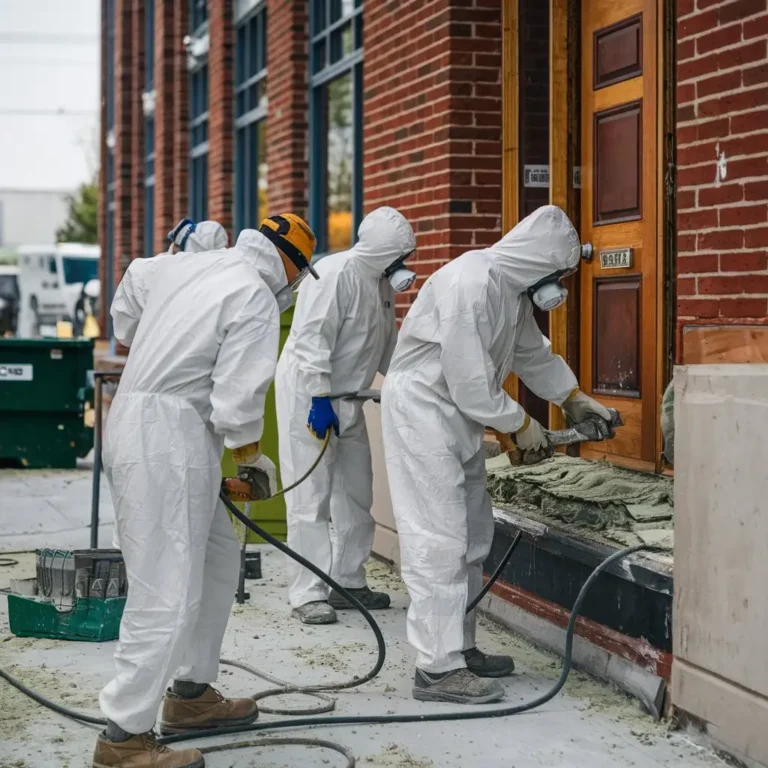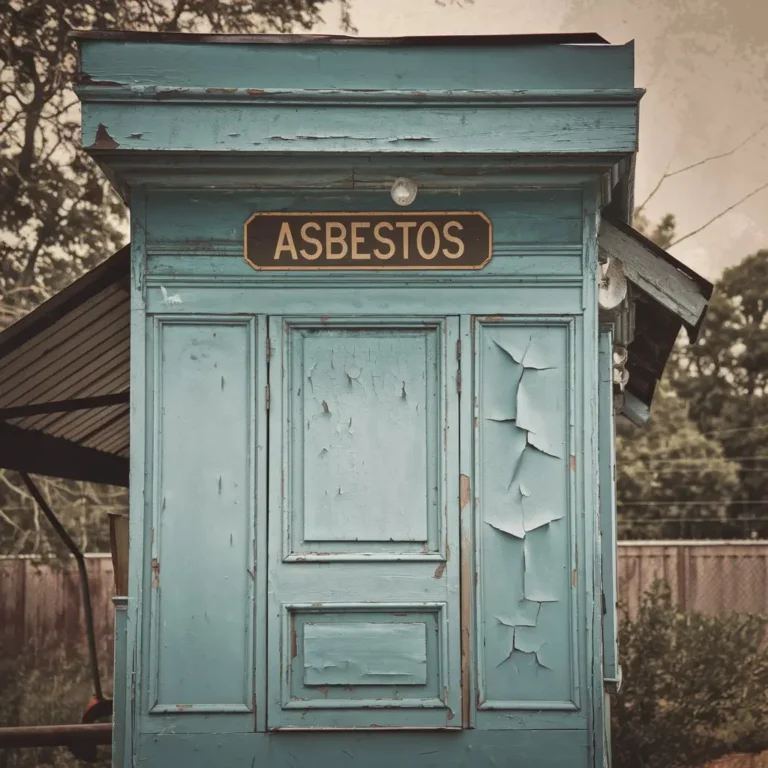Would a House Built in 1976 Have Asbestos?
Yes, a house built in 1976 could contain asbestos. During that period, asbestos was commonly used in construction materials due to its fire resistance, durability, and insulation properties. Even though some regulations started limiting its use in the mid-1970s, many manufacturers continued to include asbestos in products for years. If your home was built in 1976, asbestos could be present in insulation, flooring, ceiling tiles, roofing, and other materials.
What Is Asbestos and Why Was It Used in Construction?
Asbestos is a naturally occurring mineral composed of tiny fibers that are resistant to heat, fire, and chemicals. It was widely used in construction materials to improve durability and fireproofing. Builders favored asbestos because it was cheap, readily available, and could be easily mixed with cement, tiles, and other building products.
Asbestos-containing materials (ACMs) were commonly used in insulation, roofing, flooring, and wall materials in homes and commercial buildings. While effective in preventing fire hazards, asbestos posed significant health risks when disturbed, as its microscopic fibers could become airborne and inhaled.
Asbestos Usage in Houses by Year Built
The use of asbestos in homes varied based on the country and specific regulations introduced over time.
When Did Asbestos Stop Being Used in Homes?
United States
In the U.S., regulations started limiting asbestos use in 1973, when the Environmental Protection Agency (EPA) banned spray-applied asbestos insulation. However, asbestos remained in many construction materials until stricter rules were implemented in the late 1980s. Homes built in the 1970s and early 1980s often still contained asbestos in insulation, floor tiles, ceiling materials, and other areas. While its use declined over time, older homes may still have asbestos in various components.
United Kingdom
The UK gradually phased out asbestos use, banning certain types in 1985 and completely prohibiting all asbestos-containing materials in 1999. Homes built before 1999, especially those from the 1960s through the 1980s, are more likely to contain asbestos in insulation, walls, and ceilings.
Australia
In Australia, asbestos was widely used in homes until the mid-1980s. A complete ban on all forms of asbestos was enacted in 2003. However, homes built before 1990 may still contain asbestos in roofing, wall cladding, flooring, and insulation materials.
Common Areas in 1976 Homes Where Asbestos May Be Found
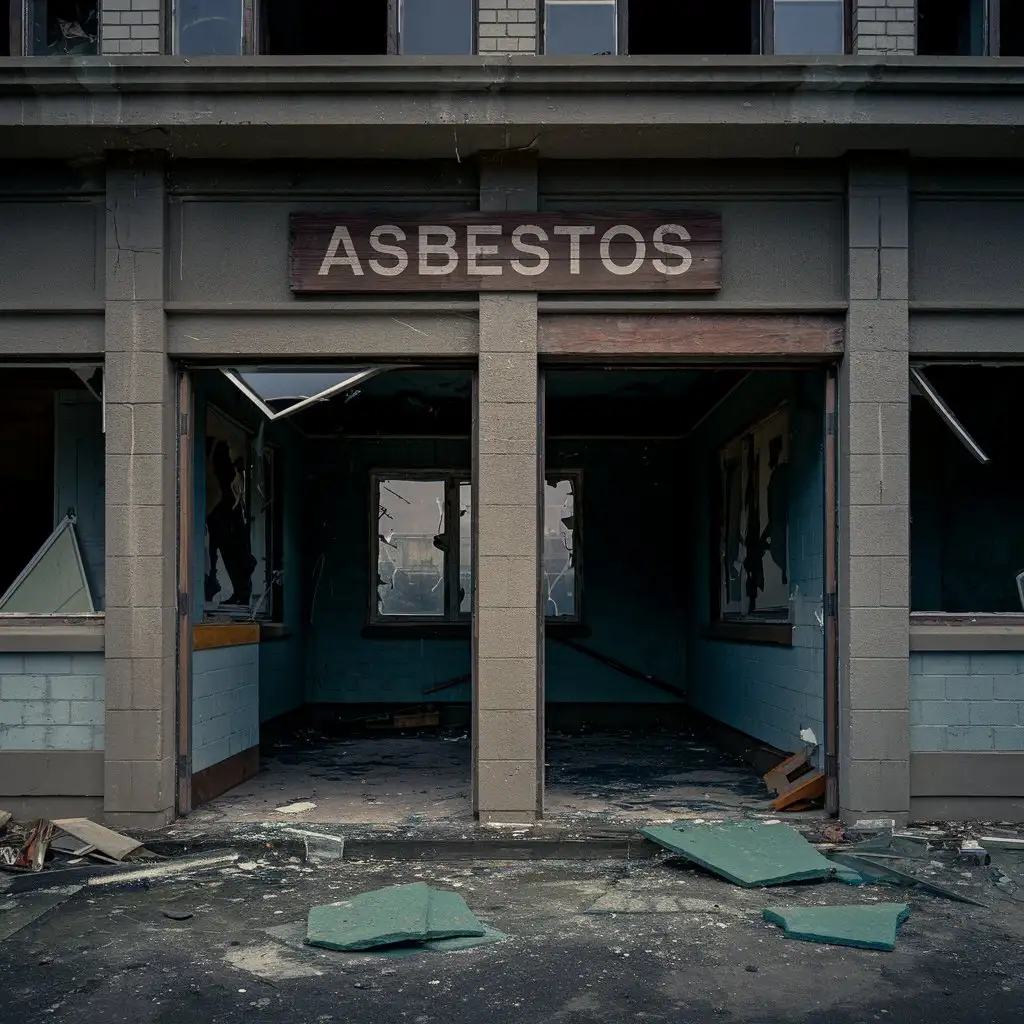
If your home was built in 1976, asbestos could be present in several areas, including:
Asbestos in Insulation
Asbestos was a popular choice for insulation due to its heat resistance. It was used in attic insulation, pipe insulation, and wall insulation. Vermiculite insulation, often found in attics, was sometimes contaminated with asbestos fibers.
Asbestos in Flooring Materials
Many homes built in the 1970s featured vinyl floor tiles, linoleum, or adhesives containing asbestos. These materials were used to increase durability and prevent fire hazards. Asbestos was also found in older carpet underlays and mastic glue used for flooring installation.
Asbestos in Ceiling Tiles and Popcorn Ceilings
Popcorn ceilings, also known as acoustic or textured ceilings, were popular in homes built during the 1970s. Many of these ceilings contained asbestos to improve fire resistance and soundproofing. Ceiling tiles used in basements or drop ceilings may also have asbestos.
Asbestos in Roofing Materials
Asbestos was commonly used in roofing shingles, felt, and siding due to its weather resistance and fireproofing qualities. If your home still has its original roof from 1976, it may contain asbestos-based materials.
How to Identify Asbestos in Your Home
Since asbestos fibers are microscopic, identifying asbestos-containing materials requires testing.
Professional Asbestos Testing
The safest way to confirm asbestos presence is by hiring a licensed asbestos inspector. Professionals collect samples and analyze them in a laboratory to determine if asbestos is present.
DIY Test Kits
Homeowners can purchase asbestos test kits, which involve collecting small material samples and sending them to a certified lab for analysis. However, this method carries a risk of fiber exposure if not handled correctly. Always follow safety precautions when using a DIY kit.
Health Risks Associated with Asbestos Exposure
Exposure to asbestos fibers can lead to severe health problems, especially when materials are disturbed.
Mesothelioma
Mesothelioma is a rare but aggressive cancer affecting the lining of the lungs, abdomen, or heart. It is directly linked to asbestos exposure and has no known cure.
Lung Cancer
Long-term asbestos exposure increases the risk of lung cancer, particularly in individuals who also smoke. Symptoms may take decades to appear.
Asbestosis
Asbestosis is a chronic lung disease caused by inhaling asbestos fibers, leading to lung scarring and breathing difficulties. While not cancerous, it is a serious condition that worsens over time.
What Should You Do If You Find Asbestos in Your Home?
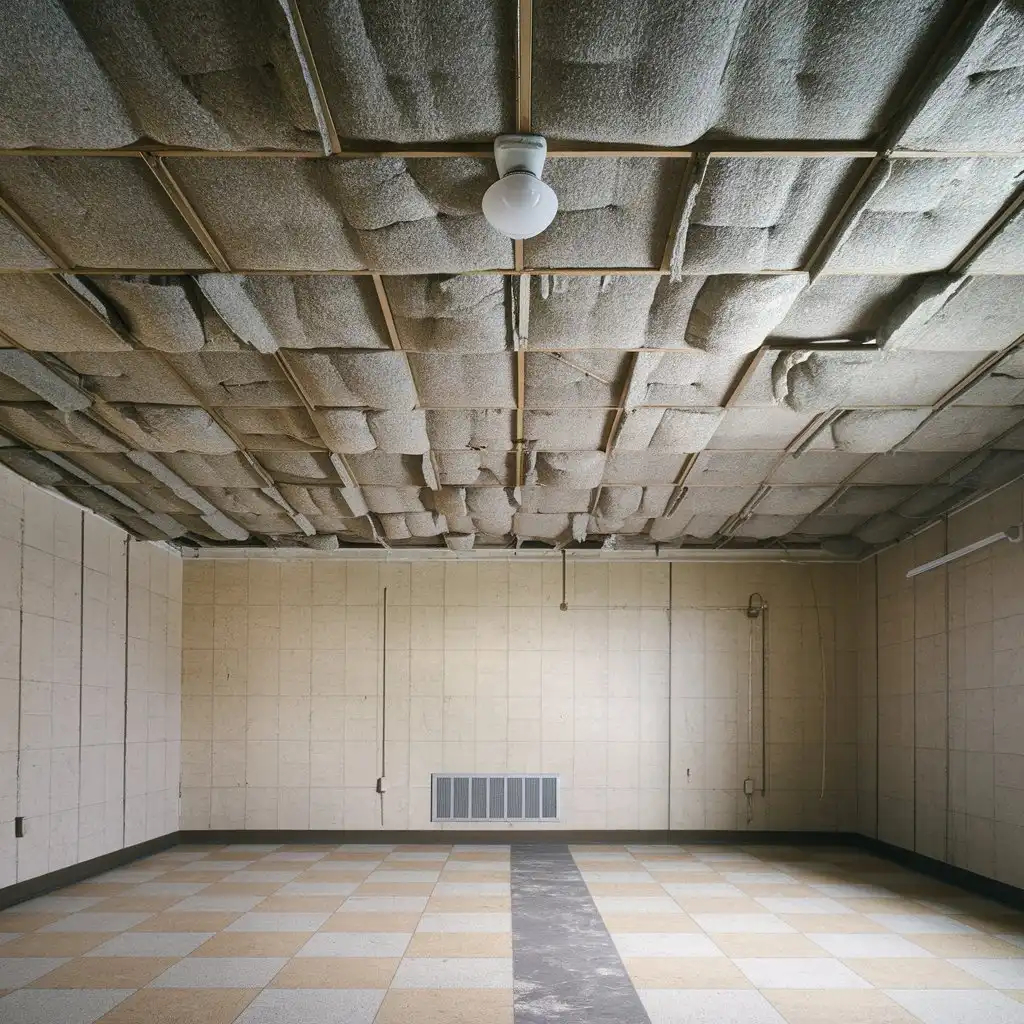
If you suspect your home has asbestos, take these steps to reduce exposure risks.
Do Not Disturb the Asbestos-Containing Materials
Avoid drilling, cutting, sanding, or otherwise disturbing materials suspected to contain asbestos, as this can release harmful fibers into the air.
Hire a Professional Asbestos Removal Company
Certified asbestos removal specialists can safely remove and dispose of asbestos-containing materials. Attempting removal without proper training can increase exposure risks.
Consider Encapsulation
Instead of removing asbestos, encapsulation involves sealing the material with a protective coating to prevent fiber release. This method is often used for asbestos-containing walls, ceilings, and flooring that are still in good condition.
How Much Does Asbestos Abatement Cost?
The cost of asbestos testing and removal varies depending on the home’s size and the extent of contamination. Here are estimated costs:
- Asbestos testing: $200–$800
- Encapsulation: $500–$1,500
- Partial asbestos removal: $1,500–$5,000 (depending on the affected area)
- Full asbestos abatement: $10,000–$20,000 or more (for larger homes or extensive contamination)
Hiring a certified professional ensures safe and proper asbestos removal, reducing health risks for homeowners.
Conclusion
A house built in 1976 may contain asbestos in insulation, flooring, ceilings, roofing, and adhesives. Although asbestos was phased out over time, it remained in use for years after initial restrictions. Identifying and managing asbestos is crucial to preventing health risks. Homeowners should avoid disturbing asbestos materials and seek professional testing and removal if necessary. Proper abatement ensures a safer living environment for you and your family.
